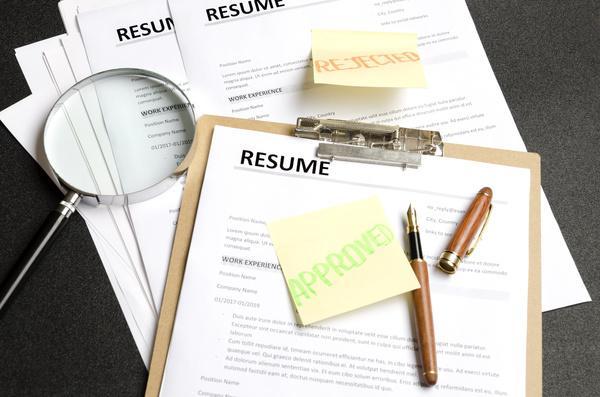9 Tips for Nailing That Perfect Resume
Your resume is one of the most important parts of the job search, and it’s a big reason as to why a candidate gets a job or is passed over for someone else. It’s important to have the best possible resume and to make it as perfect as possible.
Here are some of the best tips for constructing a great resume so you can be considered for a great job that will help you advance in your career.
1. Tailor your resume to each specific job.
Making your resume once and using the same one for all jobs you apply for is not enough. If you want your resume to be the best it can be, you have to tailor it to each specific job. Your resume is a response to a job description, and just as each job description is different, your resume should be tailored to match each one so you can get a job with ease.
2. Choose a format.
There are a few general resume formats: chronological, functional, and a combination of the two. Choosing a format, even if it is a combination, will bring cohesion to your resume and make it easier for prospective employers to read and understand.
Choosing a format can be according to your preference, or one format may make more sense based on the information your resume contains. So long as you stick to your format, however, any format should work well.
3. Follow ATS scanning guidelines.
If your resume can’t make it past the applicant tracking system, the hiring team will never even it and you won’t be considered for the job. There are sites that can help you figure out all the details and formats that ATS systems detect so your resume will be safe from rejection.
You will need to spend time figuring out what applicant tracking systems look for and what will move your resume to the top of the list when an ATS system screens it. Even if you escape having the system reject your resume, it may not be considered unless it’s ranked at or near the top of the list.
4. Use a resume builder.
An online resume builder is a good tool to make sure you’re sticking to the proper format, following ATS guidelines, and that it’s attractive and well-designed. Whatever you do, don’t use Microsoft Word or just put your resume in a Google Document.
Online resume builders will offer you choices, and of which will look attractive with professional design elements that can draw managers’ eyes. Using color sparingly is eye-catching, and margin lines and color-blocking are other ways to add some design without making the page too busy.
5. Use keywords from the job description.
Job descriptions use specific keywords to refer to the skills and qualifications hiring teams need in applicants. Take some time to identify those keywords and use them in your resume to be sure it’s seen and that the hiring team identifies you as an effective candidate.
Besides the specific keywords in the description, you should also identify and use other keywords that are specific to the position you want to get. If you aren’t sure what keywords to use, do some searches online to identify them.
6. List the most recent experience first.
When listing job experiences, start with the most recent one and list them going backwards in time. Employers are most interested in your recent experience, so you want to give lots of details on your current or last job. It’s fine to give more details on an older job if you spent more time there, but listing in reverse chronological order is still the best route.
7. Go back 15 years.
Assuming your career is at least 15 years in length, your resume should go back all 15 years. Of course, if there’s something significant that’s older than 15 years, you can list it. If your education or training is older than 15 years, for example, you can list that, too. It’s best not to skip anything that is within the last 15 years, however. Not only can it look like you have a gap in your resume that you’ll need to explain, but it can be easy to find out what you may be trying to hide.
8. Double and triple check.
Even minor mistakes and errors can be glaring on a resume, which hiring teams assume you carefully prepared. A resume is also the first impression you will make on prospective employers, so you really want it to be your best work.
You should double and even triple check for spelling, grammatical, and usage errors, as well as errors in the factual details you include. Resumes should be short, so going over it with a fine-toothed comb is always a good idea.
9. Get feedback.
There are several ways to get feedback on your resume. You can ask a professional friend to read it, particularly one that is in a field like yours and will be honest with you without worrying about hurting your feelings. If you have any contacts who are hiring managers, you can also ask them to look at it and provide feedback.
Finally, if you apply for a job and don’t get it, you can ask the hiring manager to give you feedback on why you didn’t make the cut. Because hiring managers are busy, they may not always respond, but even if you get one or two to answer, this might be helpful in correcting errors or making improvements.
Join our talent network at GDH to get matched with employers looking for talent like yours.







